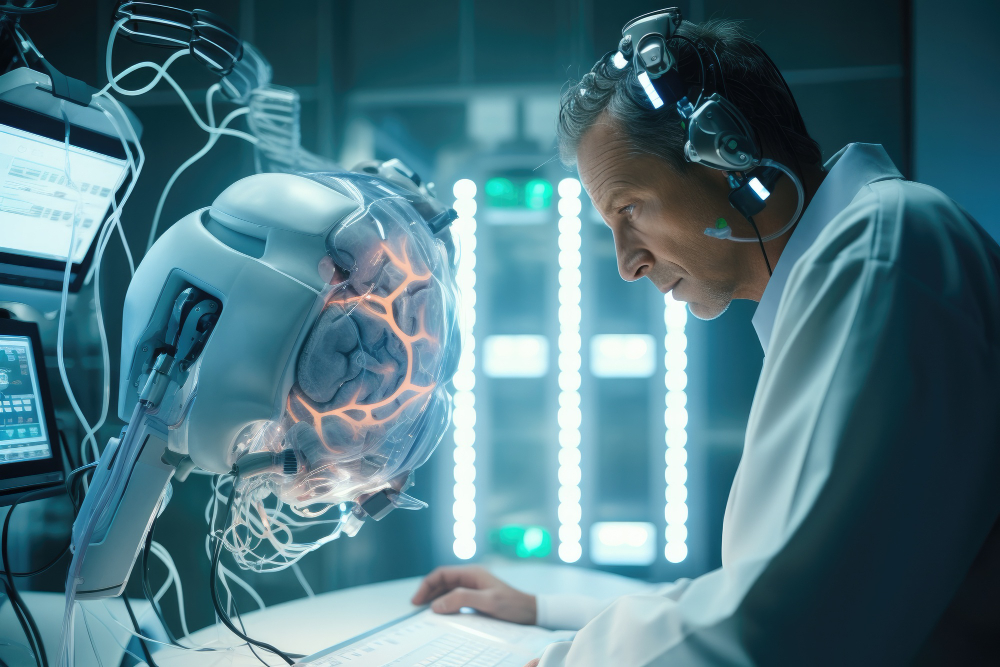Technology Readiness Level (TRL) 9 indicates a technology that has been proven in operation and is ready for widespread commercialization or deployment. In the healthcare industry, several technologies have reached this level, revolutionizing patient care and medical practices.
Examples of TRL 9 Health Technologies:
- Magnetic Resonance Imaging (MRI): MRI machines have been used for decades to diagnose various medical conditions, making them a well-established TRL 9 technology.
- Computed Tomography (CT) Scans: CT scans are another widely used imaging technique that has reached TRL 9. They provide detailed images of the body’s internal structures.
- Ultrasound Imaging: Ultrasound technology has been used for decades to visualize internal organs and tissues, making it a TRL 9 technology.
- X-ray Imaging: While one of the oldest medical imaging techniques, X-rays remain a crucial tool in healthcare and have achieved TRL 9 status.
- Laparoscopic Surgery: Minimally invasive surgical techniques like laparoscopy have become standard practice in many surgical procedures, demonstrating their TRL 9 status.
- Intravenous (IV) Therapy: IV therapy is a fundamental aspect of patient care and has reached TRL 9.
- Antibiotics: Antibiotics have been used for decades to treat bacterial infections and are considered TRL 9 technologies.
- Vaccines: Vaccines have been instrumental in preventing infectious diseases and have achieved TRL 9 status.
- Dialysis Machines: Dialysis machines are essential for patients with kidney failure and have reached TRL 9.
- Pacemakers: Pacemakers have been used for decades to treat heart rhythm disorders and are considered TRL 9 technologies.
These are just a few examples of TRL 9 technologies in the healthcare industry. Many other technologies, such as blood pressure monitors, electrocardiograms (EKGs), and various medical devices, have also reached this level of maturity and are essential components of modern medicine.






